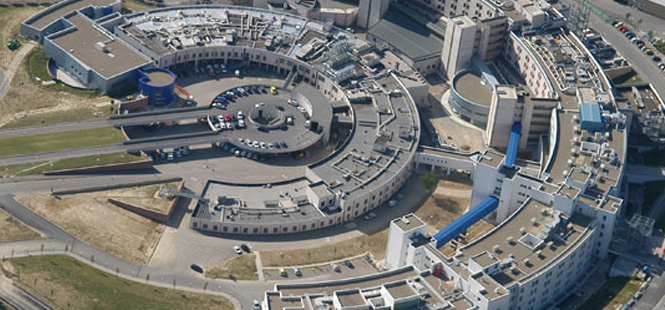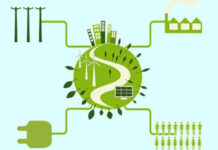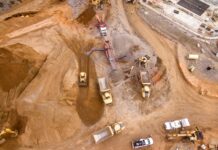
Did your unit put in place a structured project of energy efficiency?
The Health Unit Azienda USL 8 inArezzo, which recently merged with the Health Unit Azienda USL Toscana Sud Est, put in place a structured project of energy efficiency called “Progetto Ospedale Verde” that in the first place involved the hospital premises that the Health Unit owns in: Arezzo, Valdarno, Bibbiena, Sansepolcro and Cortona. Then it was extended to other buildings of: Health and Social Care Districts, HealthCenters, Residential Care Units and Houses of Health.
Could you describe in detail the advantages that you observed after implementing the new measures?
The main intervention that was carried out was the installation of electric and thermal power cogeneration plants fueled by methane at the Hospitals in Arezzo and Valdarno (the two most important hospitals in terms of energy consumption). Currently, they allow us to produce within the hospital complex about half of the electricity that both hospitals need. This undertaking was followed by the energy upgrading of the thermal power plant of 5 hospitals, which in three cases (Bibbiena, Sansepolcro, Cortona) saw a shift from the antiquated steam/superheated water thermal plants to new hot water power plants with modern boilers and modulating burners, whereas in the other two (Arezzo, Valdarno) obsolete hot water boilers were replaced with new high efficiency boilers coupled with modulating burners. A photovoltaic plant of 47 kWp was installed at the Hospital of Arezzo and there begun the procedures to award a contract for the provision of another one of 50 kWp at the Hospital of Cortona. Moreover, the refrigerating stations at the Hospitals of Arezzo and Bibbiena were upgraded in that the obsolete refrigerating groups were replaced with the new high efficiency magnetic levitation water condensers (Bibbiena) and air condensers (Arezzo). In addition, the system of domestic hot water production was upgraded by replacing the traditional boiler system with that of plate exchangers (Bibbiena, Sansepolcro, Valdarno). These measures were implemented in 5 hospitals. On other premises (Health and Social Care Districts, Health Centers, Residential Care Units and Houses of Health) interventions related to energy efficiency and rational use of energy concerned thermal power stations in that condensing boilers (former Maternity Ward – Arezzo) or high energy efficiency thermal groups (other buildings) were installed. The Hospital of Arezzo is about to implement a project called “Illumination” to reduce electricity consumption caused by the lightning. The measure that was implemented in a wide-ranging manner in all buildings consisted in stipulating a contract with a high efficiency energy service which allowed our Health Unit to considerably reduce thermal energy consumption with respect to the past expenses.
Did you estimate the economic impact of these activities on the budget?
The return time on the investments made is as follows: electric and thermal power cogeneration plants fueled by gas for the hospitals of Arezzo and Valdarno: slightly more than 2 years; upgrading of steam thermal station for the Hospital of Bibbiena: slightly more than 2 years; upgrading of thermal power stations for the Hospital of Arezzo, Cortona, Sansepolcro and Valdarno: about 5 years; upgrading of thermal power stations (Health and Social Care Districts, Health Centers, Residential Care Units and Houses of Health): about 6 years; photovoltaic plants for the Hospitals of Arezzo and Cortona (forecast): 7.5 years; “Illumination” project: 4 years; refrigerating stations for the Hospitals of Arezzo and Bibbiena: 9 years.
What type of financing did you choose for this activity?
The costs of activities were covered partly (80%) thanks to the financing from a non-refundable grant of the Ministry of the Environment intended for energy efficiency improvement in the public administration and the remaining part (20%) was covered by the Health Unit.
Do you think that your Health Unit will be able to develop new investment opportunities in terms of energy efficiency?
Considering the results obtained, I believe that the Health Unit will be able to develop new investment opportunities in terms of energy efficiency.
How a land and environmental engineer sensitize the unit’s decision makers to rational policies in the field of energy use?
In my opinion, the most important instrument is to show clearly the advantages that can derive from implementation of such policies that is: the reduction of the unit’s energy costs and the improvement of its image with external players.
Per ricevere quotidianamente i nostri aggiornamenti su energia e transizione ecologica, basta iscriversi alla nostra newsletter gratuita
e riproduzione totale o parziale in qualunque formato degli articoli presenti sul sito.



















